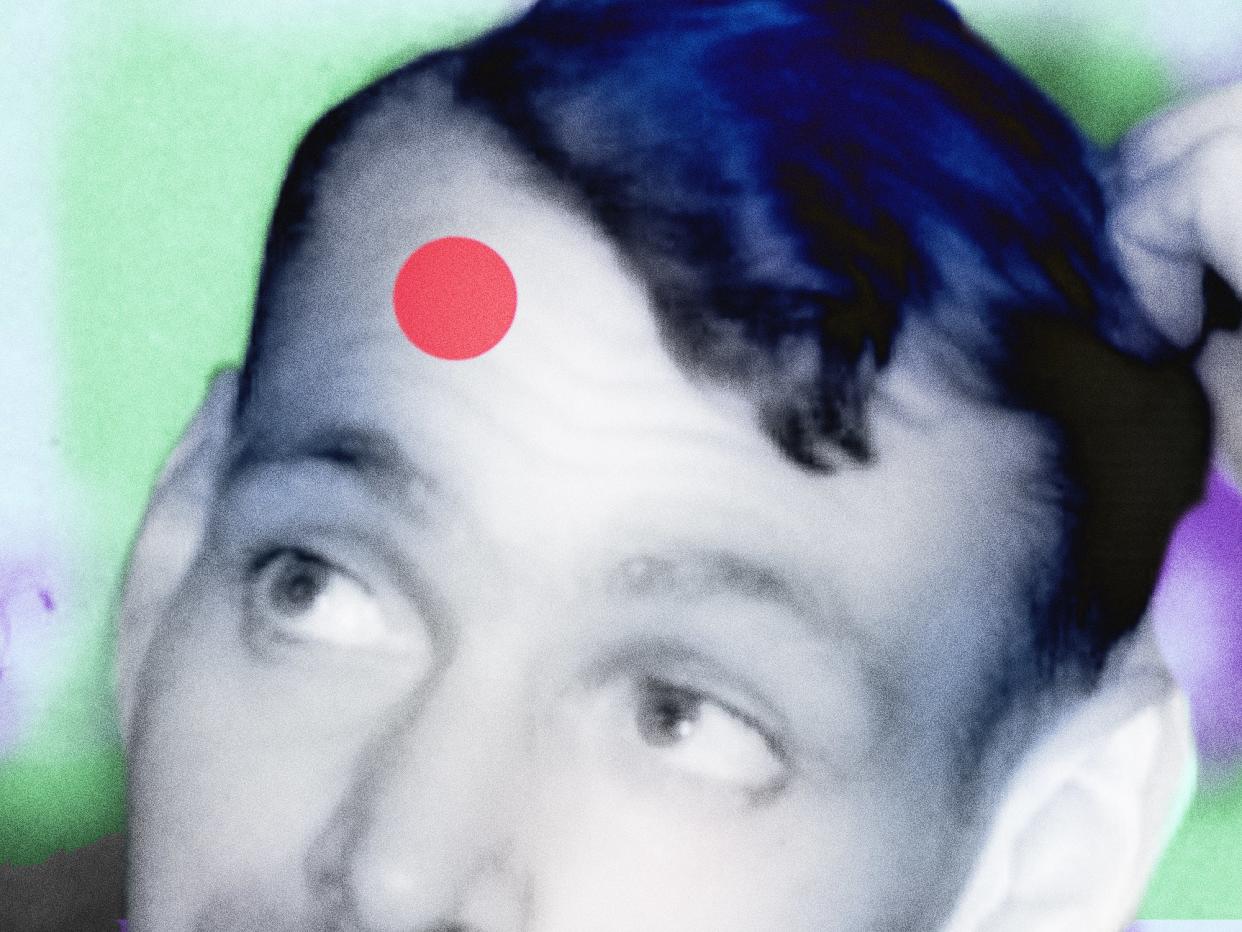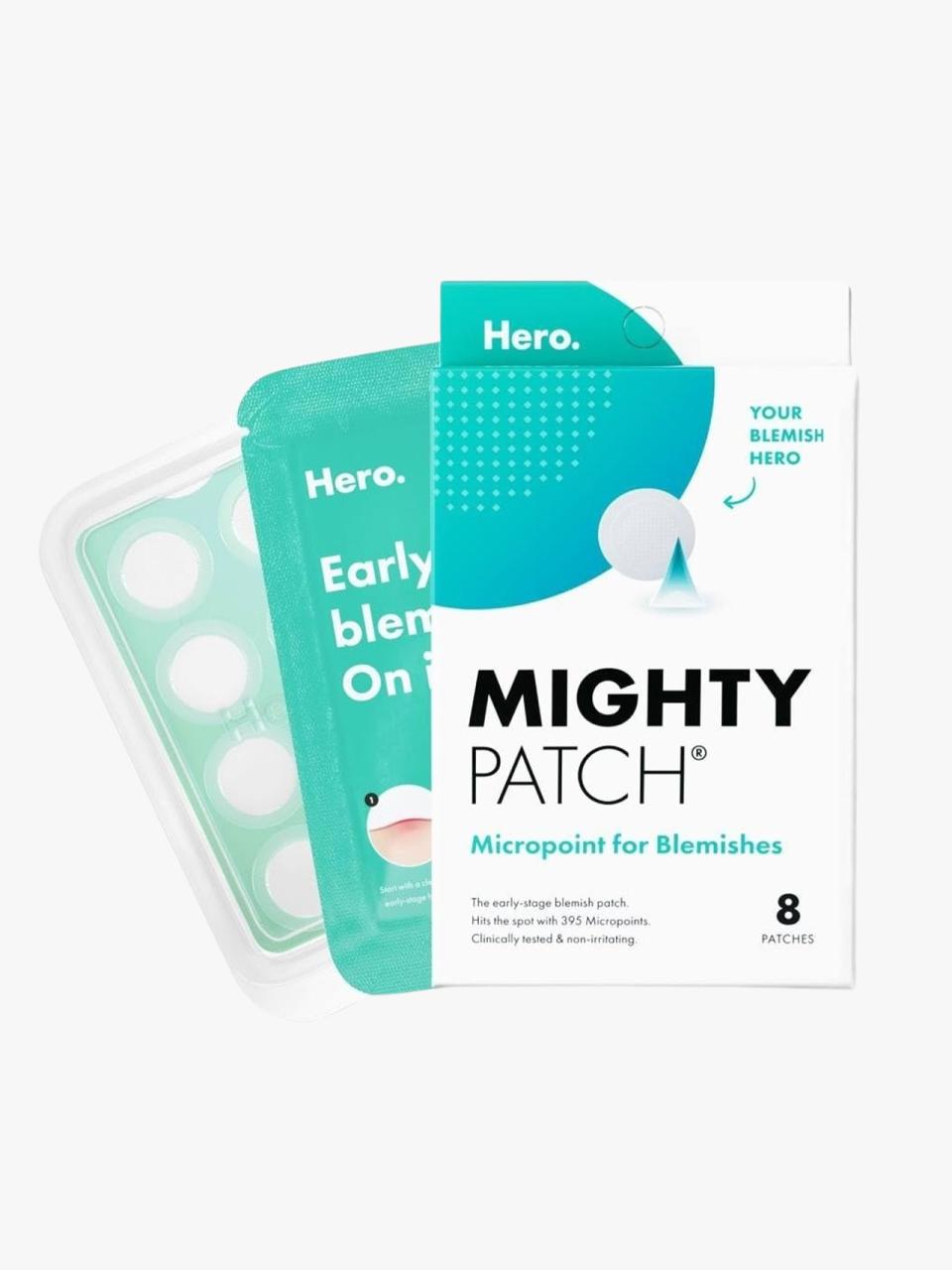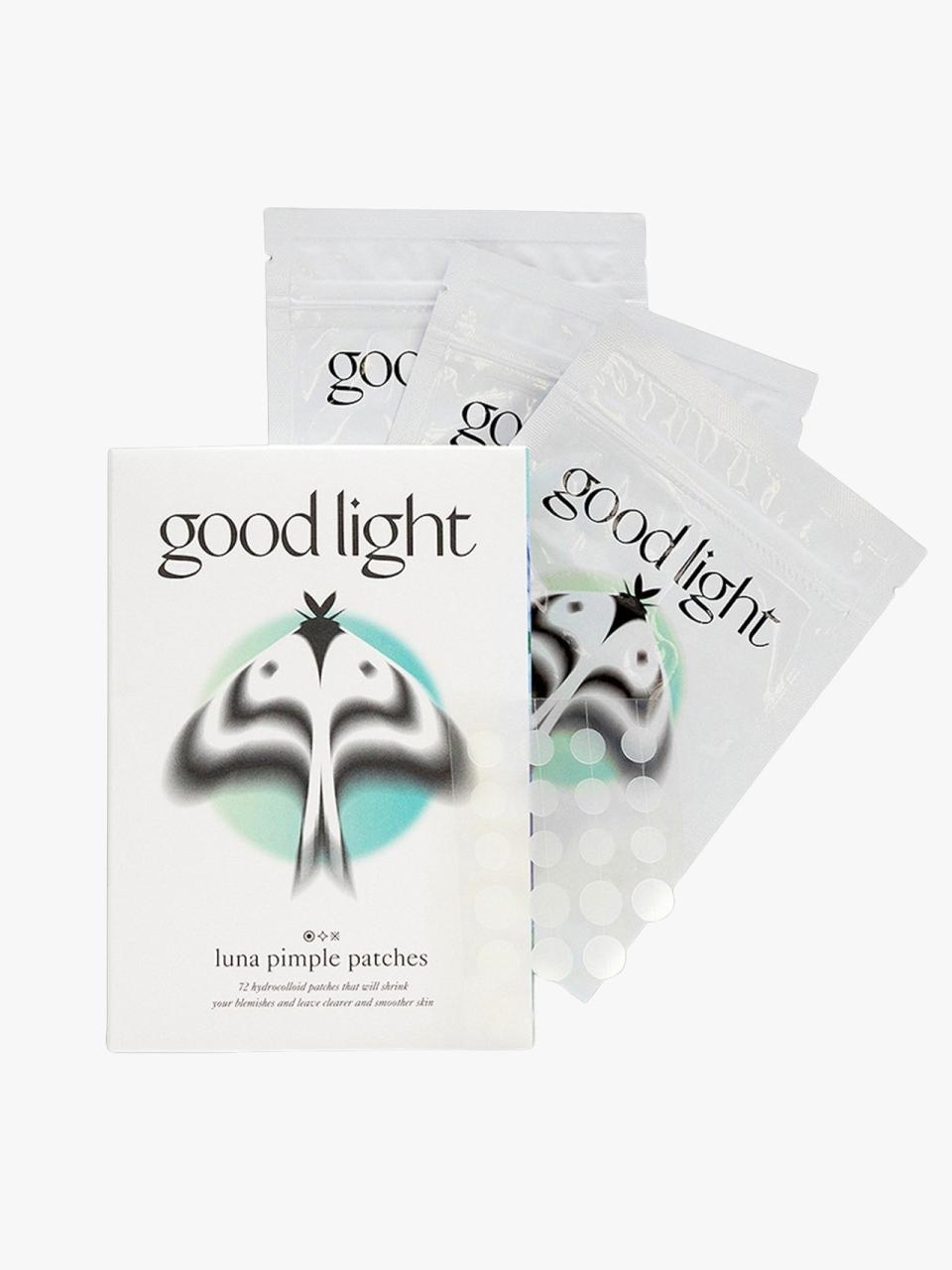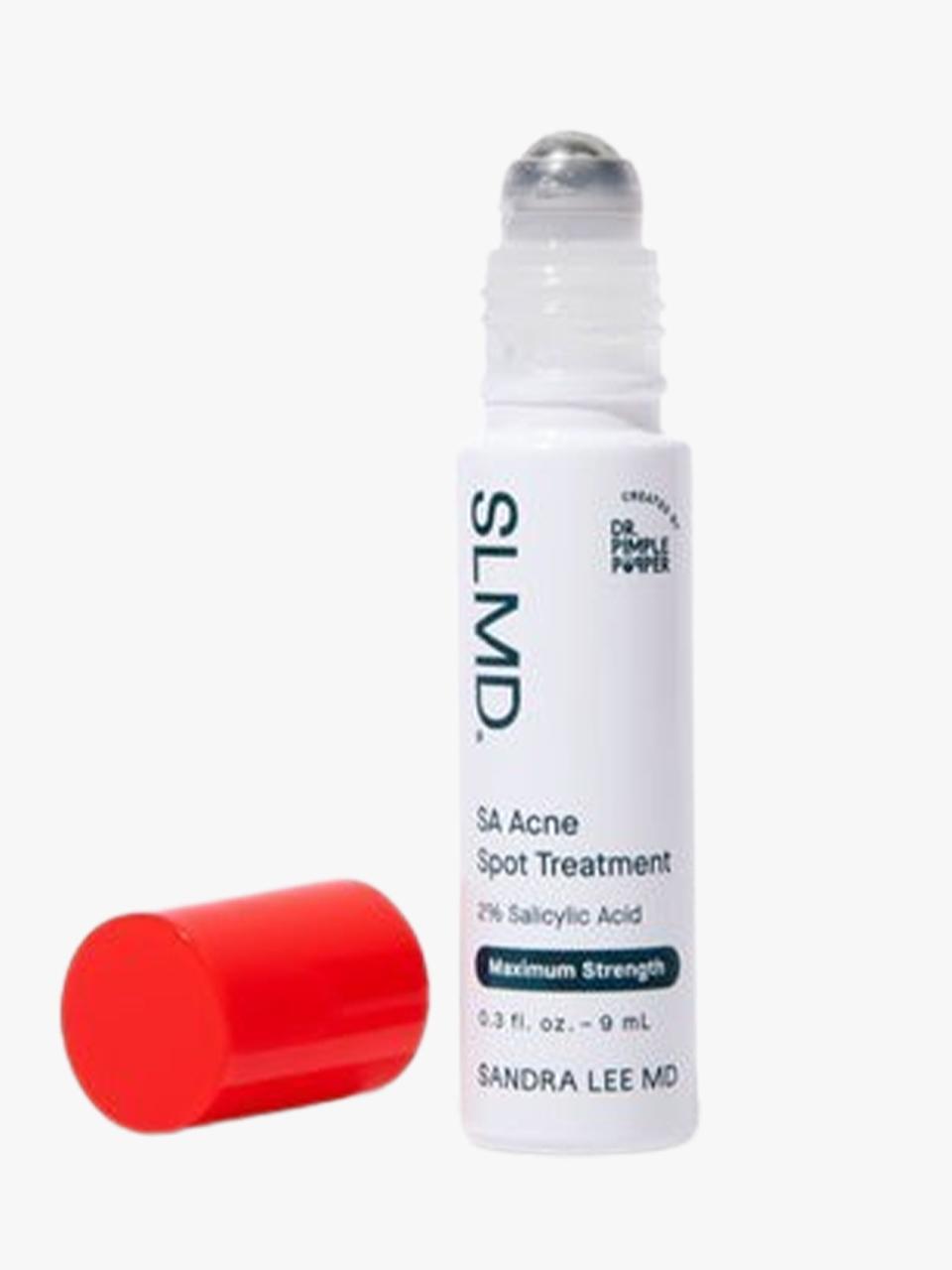How to Pop a Pimple (If You Must)

- Oops!Something went wrong.Please try again later.
Photograph: Getty Images; Collage: Gabe Conte
It’s a natural urge to treat any sign of a pimple like a game of whack-a-mole: It sprouts up, and you go in for the kill. But nobody usually wins at this game, because that urge to pop can induce all kinds of inflammation and create a wound that takes a long time to heal—all for a crack at some immediate cosmetic relief. But there are some instances where it’s ok to pop, says board-certified dermatologist Sandra Lee—but it’s imperative to know how to pop a pimple for that “if and when”.
In case you glossed over the name of the dermo above, I’ll repeat it: Dr. Lee is the founder of SLMD Skincare and is known quite ubiquitously as Dr. Pimple Popper (with her cool 8.25M+ YouTube subscribers and 4.7M+ Instagram followers, and counting). As thrilling as it is to watch her unleash a volcanic cyst or furious nodule, you really do need to leave those big-lift tasks to the pros, or else you could end up with permanent scarring. Today, you're in the patient’s chair, and Dr. Lee has tips on how to pop a pimple at home, as well as how to know if a pimple or cyst requires professional attention.
First, Understand the Main Types of Acne
Before you go in for the kill, you need to know that some pimples just aren’t going to pop. Aggravating the deep-seated ones will only make things worse. It helps to get acquainted with the different kinds of acne (and how each one manifests) so you don't cause yourself any unnecessary inflammation, infection, or scarring.
Comedones
Characteristics: Comedones are your most run-of-the-mill blemishes—blackheads and whiteheads, that is, which indicate a clogged pore. They are often caused by dead skin cells or debris being trapped inside the pore, including a backup of sebum (the oil secreted by your pores). (This is where the word “comedogenic” comes from, which means “pore clogging”; knowing what comedogenic ingredients to avoid is a great way to prevent acne in the first place.)
Poppable? In some scenarios, comedones can be squeezed carefully to release their trappings.
Papules and Pustules
Characteristics: Papules are early stage pustules, which tend to be caused by trapped bacteria in the skin. Pustules form once the papules fill with pus. They are a bubble-like white, raised bump, or a fiery red one.Bacterial acne is usually caused by compromised hygiene (like touching your face too much, dirty towels and pillowcases, not cleansing enough or soon enough after exercising. It can also build up over time and require antibiotic supplements or creams to treat—or can be tempered with a benzoyl peroxide treatment cream or face wash.
Poppable? In some scenarios, pustules can be squeezed in order to release the pus. Papules should not be squeezed.
Cysts and Nodules
Characteristics: Cysts and nodes the most painful, stubborn ones, buried deep in the skin. (You might know it as cystic acne.) They swell easily when pressed, and you can often feel them brooding under the skin.
Poppable?: Definitely not, says Lee. Seek professional draining, since these are most likely to cause permanent scarring.
When to Pop, and When to Stop
If your pimple has a white or yellow head, it’s prime for the popping, says Lee: “At that point, it is OK to extract because the bump is very superficial to the surface of the skin.”
But your face isn’t ready until you’ve de-greased it first; your skin needs to be sterilized to avoid infecting the eventual lesion. After washing your hands, give your face a once-over with warm water and cleanser, then gently press a warm washcloth against the pimple for a few minutes. This will help open the pores, allowing easier excavation. Some of those blackheads will emerge effortlessly like little tendrils, and the whitest whiteheads will burst on impact. This is the moment Lee's viewers live for: the sweet release.
If they aren’t exploding with minor force, however, then stop immediately. Lee says you may need to wait another day. If it’s painful upon contact, this is indication that you should visit a dermatologist. Your doctor may want to puncture the mass with a small incision, or minimize it without opening the skin. "Dermatologists have treatment options that are not available to the public," says Lee. "For example, if you have a new pimple that is still a painful bump under the skin surface, a dermatologist can inject the area with a low potency corticosteroid which can resolve the matter 24 hours." That’s an emergency lever you definitely want to pull if, say, your wedding is the next day.
Once It Bursts, Treat It Quickly
You have a few precious moments after eruption to determine how fast your new little face cavity closes up, or to prevent scarring altogether. Once the pus is drained, apply a cold washcloth against the lesion. (Don’t keep squeezing once you see blood; that’s going to worsen inflammation. Don’t faint, either…)
Then, disinfect and dry out the lil’ crater with a spot-application of rubbing alcohol. Later—before bed, and in the days to follow—apply a spot treatment to the wound to help it properly heal. Conveniently, Dr. Pimple Popper has one available with a maximum-strength dose of salicylic acid, which helps calm and repair damage, while also thwarting any freshly forming flare-ups.

Micropoint™ for Blemishes
$13.00, Amazon
Take Your Pimple Popping to the Next Level, If You Dare
Here is an alternate (albeit nerve wracking) method that you can also try, courtesy of Dr. James Collyer of Modern Dermatology in Seattle: After washing the face, disinfect a sewing needle with a lighter. Use this to puncture any ready-to-rupture whiteheads and yellow heads—but nothing else—and then follow the same post-apocalypse advice above. But remember, this technique is for elite pimple poppers only.
A General Warning Against Popping
Board-certified dermatologist Dr. David Kim of IDRISS Dermatology in NYC cautions: “When you squeeze the pimple, the content of the pimple gets spilled over to the surrounding tissue or environment, and this creates more inflammation, which leads to a longer healing time. Our fingers are also very dirty and filled with bacteria and this can introduce bacteria to an already inflamed pimple, which can make matters worse.
On top of that, it can take a long time to heal from any pimple popping, especially as we age. “Our skin loses the ability to hold on to moisture [over time],” explains Kim. This is why hyperpigmentation can linger in its stead for months after the fact.
Consider Instead: Pimple Patches
The pimple patch is one of the best acne products to be popularized in recent years. They use the same moisture-trapping technology as medical hydrocolloid bandaging to help the wound heal faster and to reduce inflammation. Some even combine salicylic acid to pump the pore-clearing ingredient into the blemish in order to reduce oil buildup and trapped skin cells.

Luna Fast Acting Pimple Patches
$21.00, Ulta

SA Acne Spot Treatment
$25.00, SLMD
Many pimple patches can work overnight miracles to disappear a blemish, or significantly reduce the odds that it needs to be popped before going away. Most also wear discreetly, so you can keep them on for an 8-hour work day without drawing much attention to the fact (or replace them midday if they get cloudy from absorbing oil).
My general warning with these patches, though, is not to overdo it: Let the blemish breathe for as much time as it spends shrouded in hydrocolloid mystery. I’ve had a few instances where I constantly replaced the patch without letting the skin breathe and relax between uses—for a couple days on end—and it only resulted in a different kind of inflammation. Everything in moderation!
Originally Appeared on GQ

